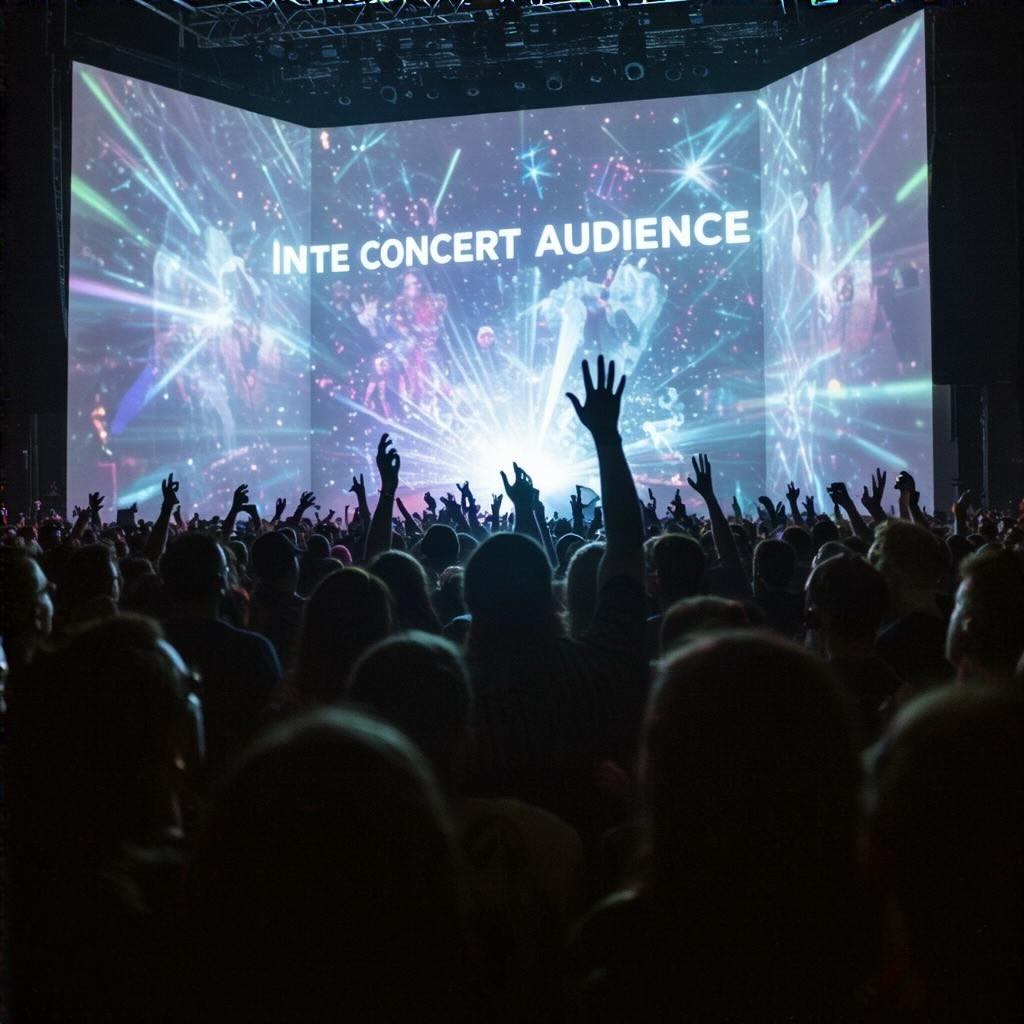Beyond Static Backdrops
Stage design has always been a critical component of live performances, setting the mood, enhancing the narrative, and creating a memorable environment for the audience. Traditionally, stage design involved physical sets, props, and lighting configurations that, while often impressive, were largely static or required manual changes.
The advent of digital technologies brought video screens and more complex lighting, but the true revolution in stagecraft is now being driven by Artificial Intelligence (AI).

AI-powered stage design with responsive lighting and projections
AI is Transforming Stagecraft
AI is transforming stage design from a passive backdrop into an active, intelligent participant in the performance. By leveraging AI, designers and artists can create dynamic, responsive, and deeply immersive environments.
Traditional Stage Design
- Static backdrops and fixed elements
- Pre-programmed lighting sequences
- Manual scene transitions
- Limited audience interaction
- Fixed visual narratives
AI-Powered Stage Design
- Dynamic, generative environments
- Intelligent lighting choreography
- Real-time responsive elements
- Interactive audience engagement
- Adaptive visual storytelling
How AI is Reshaping Stage Design
Dynamic Environments
AI generates visual content for LED walls, projections, and display surfaces in real-time. Instead of pre-rendered videos, AI algorithms create evolving patterns, abstract art, or narrative scenes that respond to performance nuances.
Intelligent Lighting
AI analyzes complex musical structures and performer movements to create sophisticated lighting choreography, including subtle shifts in color and intensity to match moods, dynamic tracking, and atmospheric effects.
Interactive Elements
AI enables stage elements to interact with performers in novel ways. Imagine floor projections reacting to dancers' steps, or set pieces that shift or illuminate based on musicians' proximity or playing intensity.
Personalized Visuals
With sensors and audience data (ethically collected), AI can tailor aspects of stage design to enhance experiences for different audience sections, or react to collective audience energy.
Crafting Visual Narratives with AI
The true power of AI in stage design lies in its ability to contribute to the overall narrative of a performance. Visuals are no longer just decorative; they become an integral part of the storytelling.
Thematic Cohesion
AI can be trained on thematic elements, color palettes, and visual motifs relevant to an artist's work or specific show concept. This ensures all generated visuals contribute to a cohesive artistic statement.
Emotional Resonance
By analyzing musical keys, lyrical sentiment, and performance dynamics, AI can craft visuals that amplify the emotional impact of the music, creating a more profound connection with the audience.
Symbolism and Metaphor
AI-generated imagery can introduce symbolic elements or visual metaphors that enrich the narrative layers of a performance, offering audiences deeper levels of interpretation and engagement.
Case Study: AI Narrative Design
For a recent concert tour, an AI system analyzed a musician's entire catalog, including lyrics, musical patterns, and emotional arcs. The AI then crafted a visual journey that evolved throughout the performance, using recurring motifs and symbols that resonated with the artist's themes.
The result was a seamless blend of music and visuals that told a deeper story, with audience members reporting a more profound emotional connection to the performance.
The Future of AI-Powered Stagecraft
Predictive Visuals
AI systems that can anticipate musical changes or performer actions, allowing for even smoother and more integrated visual responses. These systems will learn from performance patterns in real-time, creating a seamless dance between performer and environment.
AI-Assisted Design Tools
Software that allows designers to collaborate with AI, rapidly prototyping and visualizing complex stage concepts. These tools will understand design principles, technical constraints, and artistic vision, serving as creative partners in the design process.
Hyper-Realistic Digital Sets
AI-enhanced CGI and projection mapping that can create incredibly detailed and believable virtual environments on stage. These technologies will blur the line between physical and digital, transforming stages into immersive worlds that respond to performers.
The integration of AI into stage design is not about replacing human creativity but augmenting it. It provides designers and artists with powerful new tools to realize their visions and to create live experiences that are more immersive, interactive, and narratively compelling than ever before. The stage is becoming an intelligent canvas, and AI is the brush that helps paint unforgettable visual stories.
Ready to Reinvent Your Stage Design?
Explore how AI-powered tools from Compeller.ai can transform your live performances into immersive visual experiences.